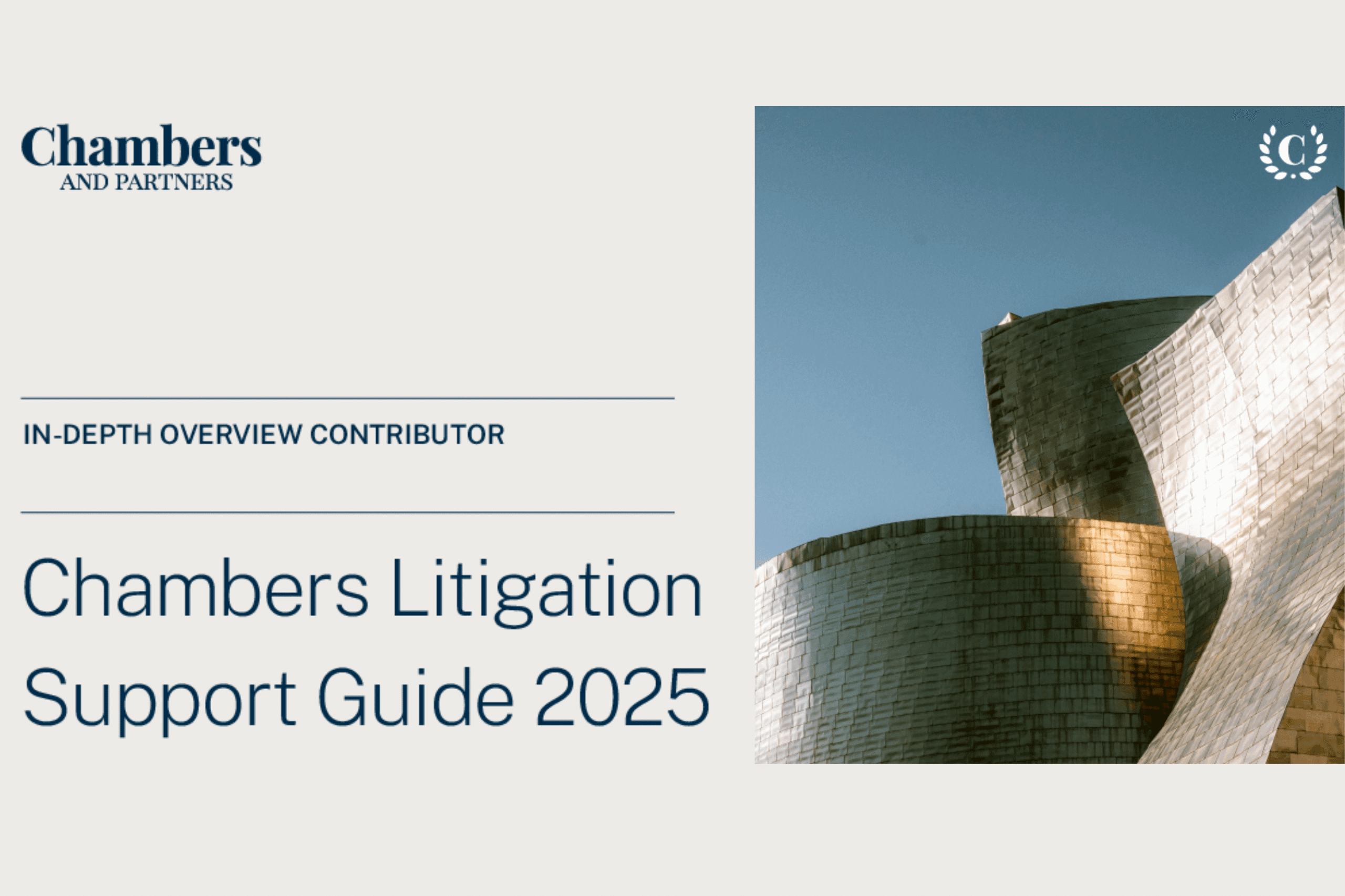This article first appeared in Legal Futures.
In recent years, the legal landscape has witnessed a strategic consolidation of claimants who have endured shared injustices, aligning their grievances within the framework of collective actions in courts. This approach facilitates the distribution of litigation costs among claimants and fosters the exchange of critical information concerning common issues, thereby streamlining judicial proceedings. Notably, a prominent case garnering widespread attention revolves around the litigation involving the Post Office sub-postmasters and the flawed Horizon accounting system.
Methodologies
There are three main ways of litigating collective actions in the Courts, which are as follows:
- Group Litigation Orders (GLO)
- Representative Actions (pursuant Part 19 CPR)
- Multiple claimants on a single claim form
GLOs
GLOs, as a formal mechanism for ‘Opt-in’ Group Litigation, have proven to be intricate and challenging, despite the considerable technical and procedural expertise employed by legal firms and counsel.
Instances of rejection or delays by the High Court are evident in various cases; examples include:
- Actions brought forth by former service members against the MOD for hearing loss;
- Data Breach claims pursued on behalf of consumers and Police Officers against Equifax and the Police Federation, respectively;
- A cohort of former professional rugby players seeking compensation from the sport’s governing bodies in relation to brain injuries.
Even when GLOs are granted, protracted litigation timelines and substantial costs have deterred groups of claimants from using them.
Representative actions
Similarly, challenges persist with representative actions, exemplified by recent rejections of several applications including Wirral Council v Individior PLC and Prismall v Google. These rejections are punctuated by occasional successes, such as the notable case of Commission Recovery Ltd, affirmed by the Court of Appeal. However, even in certified cases, significant delays often ensue due to defendants' appeals.
Single Claim Form Method
Unlike GLOs or representative actions, consolidating claimants through a single claim form, as per Part 7 and Part 19.1 of the Civil Procedure Rules, offers a more streamlined process. Notably, this method does not necessitate formal certification by the court. However, this method can still be challenged, as seen recently in Morris & Ors v Williams & Co.
In the Morris case, Penningtons Manches Cooper LLP aggregated 134 claimants suing their former solicitors for negligence related to legal advice on property investments marketed by the Northern Powerhouse Developments group.
While the defendants sought to dismiss the claim, asserting the inherently individual nature of solicitors' negligence claims, the Court of Appeal upheld the viability of collective litigation in a swift and decisive judgment.
In providing the leading judgment, the Master of the Rolls concluded at paragraph 63 that Parts 19.1 and 7.3 mean what they say, enabling multiple claimants to pursue shared causes of action efficiently within a single set of proceedings. It elucidates that the court, guided by the facts of each case, determines the convenience of consolidating claims without imposing additional tests beyond the procedural rules.
The significance of the Morris judgment reverberates throughout the landscape of group actions, safeguarding a crucial avenue to justice for multi-party cases across diverse domains. It affirms that while each case is unique, collective proceedings through a single claim form remain a viable mechanism, ensuring equitable access to justice for affected individuals.
In essence, while the Civil Procedure Rules furnish avenues for collective claims (both GLO’s and 19.6’s), the efficacy of such mechanisms remains subject to scrutiny, given their inherent costs, delays, and susceptibility to rejection. Preserving avenues like the multi-party claimant route exemplified in Morris is imperative to mitigate the risk of justice delayed, which ultimately translates to justice denied for many individuals.
Jamie Molloy is Head of ATE at Ignite Specialty Risk, which supported the claimants in both the substantive claim and the appeal in the Morris case.



